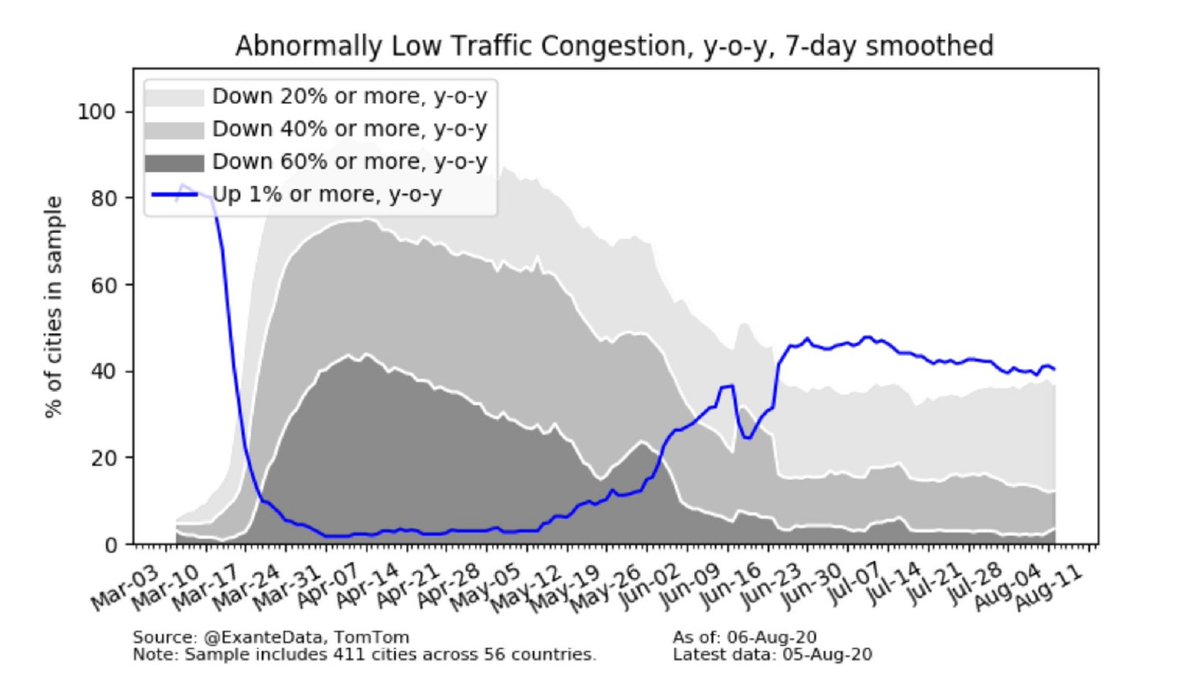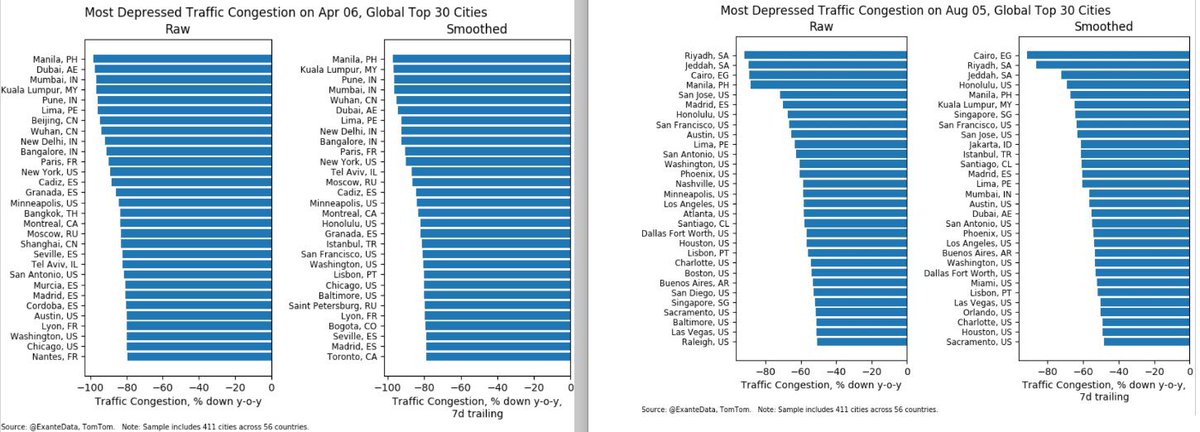
November was a huge month for EM ex-China portfolio flows and many are wondering will this continue and what are the implications for EMFX and the dollar. THREAD @adam_tooze @MarketInterest @jturek18 1/5 

On flows, it is important to keep both the cyclical and structural stories in mind. Flows to EM ex-China (especially equity flows) have been weakening for years. And increasingly China accounts for debt inflows equal to the rest of EM combined. @michaelxpettis @M_C_Klein 2/5 

Whether we are going to get a big sustained rebound in EM flows is likely a function of the growth regime as the chart below shows (the two are correlated). Even a return to the low growth regime of 2014-19 suggests some room to run yet. @MarketInterest 3/5 

And while EMFX is benefiting from this tailwind, EM central banks have a tendency to intervene and buy up portfolio inflows. Even before the return of portfolio flows EM intervention was running at multiyear highs (mostly out of Asia). 4/5 

India is one such example, but there are others as well. @adam_tooze 5/5 
https://twitter.com/jnordvig/status/1334838868705624064

@threadreaderapp unroll
• • •
Missing some Tweet in this thread? You can try to
force a refresh










